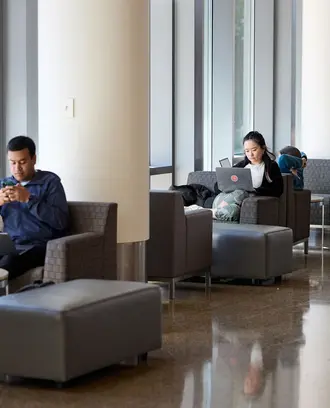Climate Change
Pioneering Climate Simulator Gives Everyone The Chance To Calculate The Impact Of Climate Solutions
The vast and sobering implications of climate change can be overwhelming to contemplate. What are the best solutions—and will they actually work? MIT Sloan, the MIT Sustainability Initiative, and Climate Interactive, a nonprofit think-tank that spun out of MIT Sloan, have just launched the En-ROADS climate solutions simulator to give people the opportunity to explore the true
impact of climate change solutions. The idea is to identify policies and actions that will help limit warming to within two degrees Celsius by 2100.The free simulator is so user-friendly that school children can use it to instantaneously simulate interactions among energy, land, and climate. An advanced iteration of the system dynamics model En-ROADS, which was developed at MIT Sloan, the new simulator is designed for policymakers, educators, business, nonprofit and government leaders, and ordinary citizens invested in identifying climate solutions.
Research indicates that just presenting people with research is ineffective, according to John Sterman, director of the MIT System Dynamics Group at MIT Sloan and faculty director of the MIT Sloan Sustainability Initiative. “En-ROADS allows people to learn for themselves by exploring how the policies they choose affect the energy system and climate. Users get instant results, allowing them to experiment with a wide range of assumptions and policies that can help limit global warming and build a healthy, prosperous future in which all people can thrive.”
How the simulator works
En-ROADS users move sliders to simulate the implementation of policies designed to reduce global greenhouse gas emissions. Options include policies affecting global energy demand; energy production from coal, oil, gas, biomass, renewables, and nuclear; emissions from deforestation, agriculture, and land use; technologies created to remove carbon dioxide from the atmosphere; and future economic growth. Graphs illustrate outcomes in relation to global warming, greenhouse gas emissions, as well as energy demand, production, and prices. Users are free to share climate scenarios on social media.
“Powerful simulators have fueled climate wonks for decades. This one works for users ranging from corporate CEOs and policy makers to smart eighth graders,” says cofounder and codirector of Climate Interactive Andrew Jones. He notes that business leaders and politicians from both political parties have had the opportunity to review En-ROADS in its beta phase and have indicated an interest in additional exploration. In fact, heads of state, bipartisan members of Congress, and leaders of nonprofit and corporate entities have relied on simulation results from earlier versions of En-ROADS to inform crucial decisions.
Sterman compares En-ROADS to simulators used in other settings. “Pilots learn to fly a new jet in simulators before going up in the real thing,” he says. “Surgical teams learn to work together in medical simulations. Power plant operators learn to handle potential emergencies in simulators. In these settings, and for climate change, failure is not an option. The En-ROADS simulator enables people to learn for themselves what it will take to avoid the worst consequences of global warming before it’s too late.”
Learn more about the En-ROADS project.
Try out the En-ROADS climate solutions simulator.



